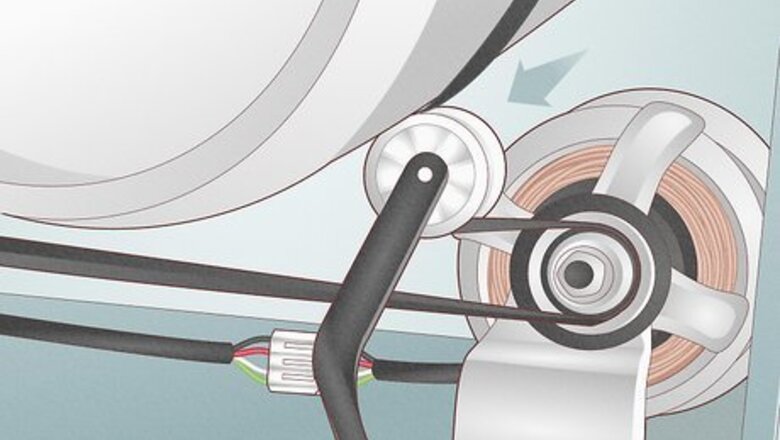
views
Dryer Noises and Potential Causes

Squeaking: drum rollers or idler pulley The drum rollers are wheels at the bottom of your dryer that spin the main compartment. As the rollers get worn out over time, they may start making loud squeaking noises until they're replaced. The idler pulley is a device near the back of your dryer that holds tension on the belts inside the machine. When the pulley wheel gets loose or broken, then it may cause a squeaking sound and needs a replacement. Because you need to disassemble your dryer to inspect the parts or make repairs, it may be best to call a professional repair person. Troubleshooting tip: Drum rollers and the idler pulley are located at the bottom of your dryer. If you hear squeaking from the top of the dryer instead, then it may be the main drive belt causing the issue. Potential fix: Double-check that there isn’t a loose coin or object caught in the lint trap causing the dryer to squeak.
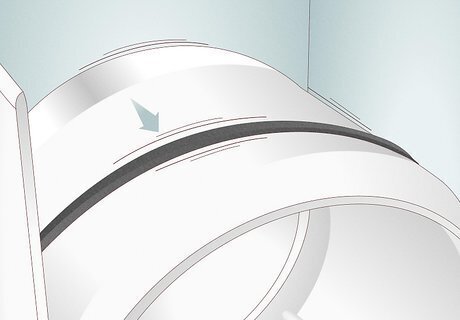
Thumping: drive belt, drum rollers, or drum seal The drive belt is the long piece of rubber that connects the drum to the motor. When the belt gets frayed or cracked, it may thump against the side of the machine while it runs. As rollers at the bottom of the machine wear down and lose their shape, the drum may not rotate properly and create a loud thump. The drum seal is a layer of cushioning around the drum’s circumference. When it’s torn, clothing may get caught in the gap and thump inside of your dryer. Replacing a belt or repairing any of these parts involves taking apart your dryer, so rely on a professional appliance repair service to fix it. Troubleshooting tip: If your dryer only started thumping when you started a load, try separating the clothes. If the weight of the clothes is unbalanced, then they may thump against the machine.
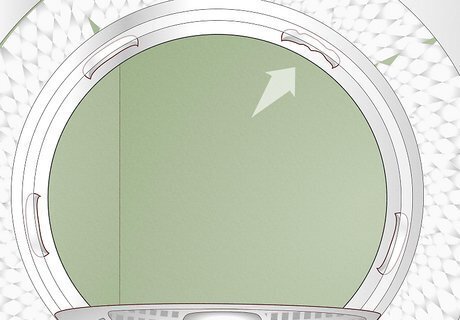
Grinding: drum glides or drum bearings The glides, also known as slides or pads, go around the front of the drum so it spins smoothly. Over time, the glides can wear down and grind against the side of the dryer until they're replaced. If the loud noise comes from the back of your dryer, then it's time to get new bearings that support the drum because they may be worn out or run down. Accessing the drum glides or bearings requires taking apart your dryer, so it might be best left to a professional.
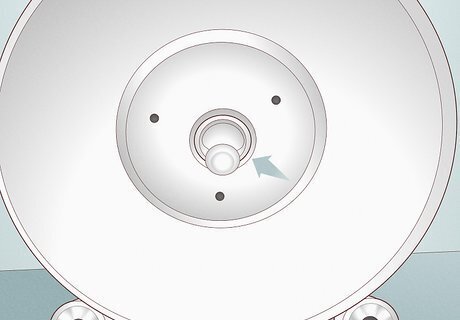
Squealing: drum bearings or drive belt The drum bearings in the back of your dryer support the drum and make it rotate easily. When the bearings start to wear away or break down from use, they may grind or squeal as the drum spins. If the drive belt around the middle of the dryer drum becomes loose instead of frayed, then it may make a squealing sound because it’s not aligned properly. Replacing the worn parts is the best way to stop the noise. Reaching the bearings and belt requires disassembling your dryer, so a professional may have an easier time making repairs.

Rumbling: blower wheel The blower wheel is located at the back of your dryer, and it helps pull air through your dryer. When lint or debris gets into the vent connecting to the blower wheel, it may get lodged inside and create a loud rumbling sound any time you run your machine. Potential Fix: You may be able to access the blower wheel by unplugging your dryer and unscrewing the back panel. The blower wheel looks like a fan, and is usually located in the bottom corner. Otherwise, contact a professional repair person to take apart the machine for you.

Rattling: loose objects or drum baffles Most times, rattling noises are caused by loose items inside of the drum or lint trap, so check for any coins or objects that fell out of clothes pockets. The sound may also be caused by loose internal parts of your dryer, like screws, gears, or pulleys. If the baffles, or fins, inside of the dryer drum wobble or feel loose, they may vibrate and rattle while you use your dryer. Potential Fix: Check for any exterior screws on your machine that are loose and tighten them. Tightening pieces or replacing baffles inside your dryer requires taking your machine apart, so it may be better to let a repair person fix it.
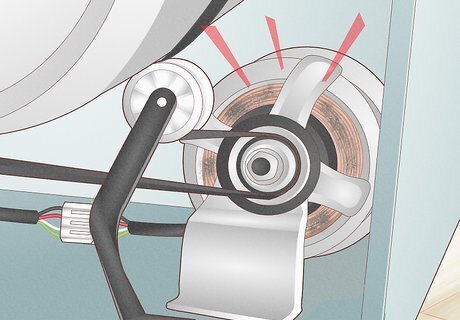
Humming: drive motor The drive motor spins the drum and is usually located at the bottom of your dryer. While it’s normal for your dryer to hum while it’s running, a louder noise than usual may signal that the motor isn’t operating properly and is struggling to spin the drum. Repairing or replacing the motor involves taking apart your dryer, so it’s best to let a repair person fix it for you.
Is it safe to use a dryer making loud noises?
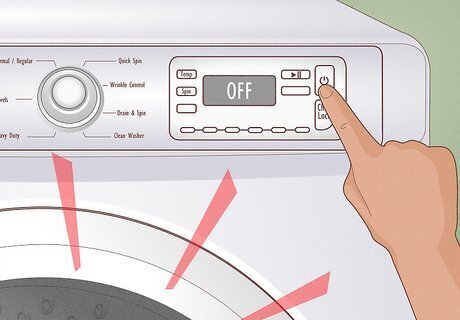
No, stop using your dryer until you fix it. Continuing to use your dryer could eventually cause more damage to the motor or other parts of the machine. Avoid using your machine until you’re able to diagnose the issue and have it repaired so you can save money in the long run. Rather than using your dryer, hang your clothes to dry on a drying rack or clothesline.
Can you fix a loud dryer by yourself?

You can try, but disassembling your dryer may cause more issues. While taking apart a dryer usually only requires a screwdriver, there are many delicate components inside the machine to work around and inspect. If you don’t feel comfortable opening your dryer on your own, or if the machine is hard-wired or gas-powered, contact a professional repair service instead. If you’re feeling confident and want to confirm the source of the loud noise, unplug your dryer and unscrew the top or back panel. Look for the plastic electrical connector with wires and disconnect it. Then, loosen the screws on the front panel and remove it to access the drum. Take pictures as you remove pieces so you can remember where they go when you reassemble the machine.













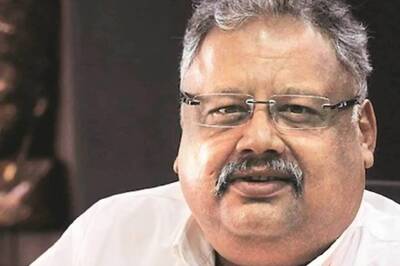






Comments
0 comment